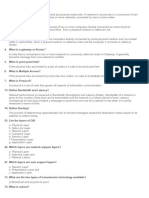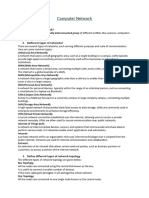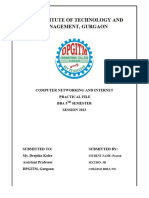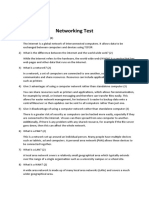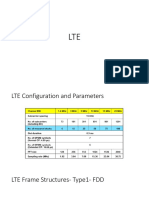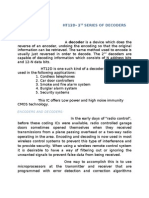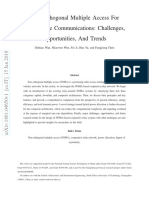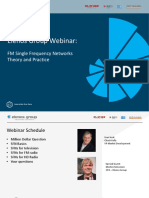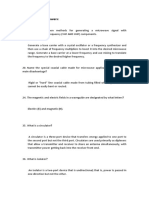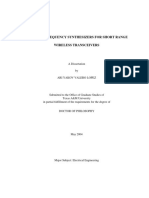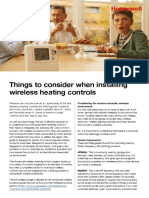0% found this document useful (0 votes)
26 views3 pagesNetworking Extra
The document provides an overview of computer networking, defining key concepts such as computer networks, advantages of networking, and types of cables. It also differentiates between various networking technologies like Bluetooth and infrared, explains the domain name system, and describes different types of networks (PAN, LAN, WAN, MAN) and topologies (bus, ring, star). Additionally, it covers protocols, the distinction between web pages and websites, and the roles of clients and servers in a network.
Uploaded by
anitaswain2222Copyright
© © All Rights Reserved
We take content rights seriously. If you suspect this is your content, claim it here.
Available Formats
Download as DOCX, PDF, TXT or read online on Scribd
0% found this document useful (0 votes)
26 views3 pagesNetworking Extra
The document provides an overview of computer networking, defining key concepts such as computer networks, advantages of networking, and types of cables. It also differentiates between various networking technologies like Bluetooth and infrared, explains the domain name system, and describes different types of networks (PAN, LAN, WAN, MAN) and topologies (bus, ring, star). Additionally, it covers protocols, the distinction between web pages and websites, and the roles of clients and servers in a network.
Uploaded by
anitaswain2222Copyright
© © All Rights Reserved
We take content rights seriously. If you suspect this is your content, claim it here.
Available Formats
Download as DOCX, PDF, TXT or read online on Scribd
/ 3

















